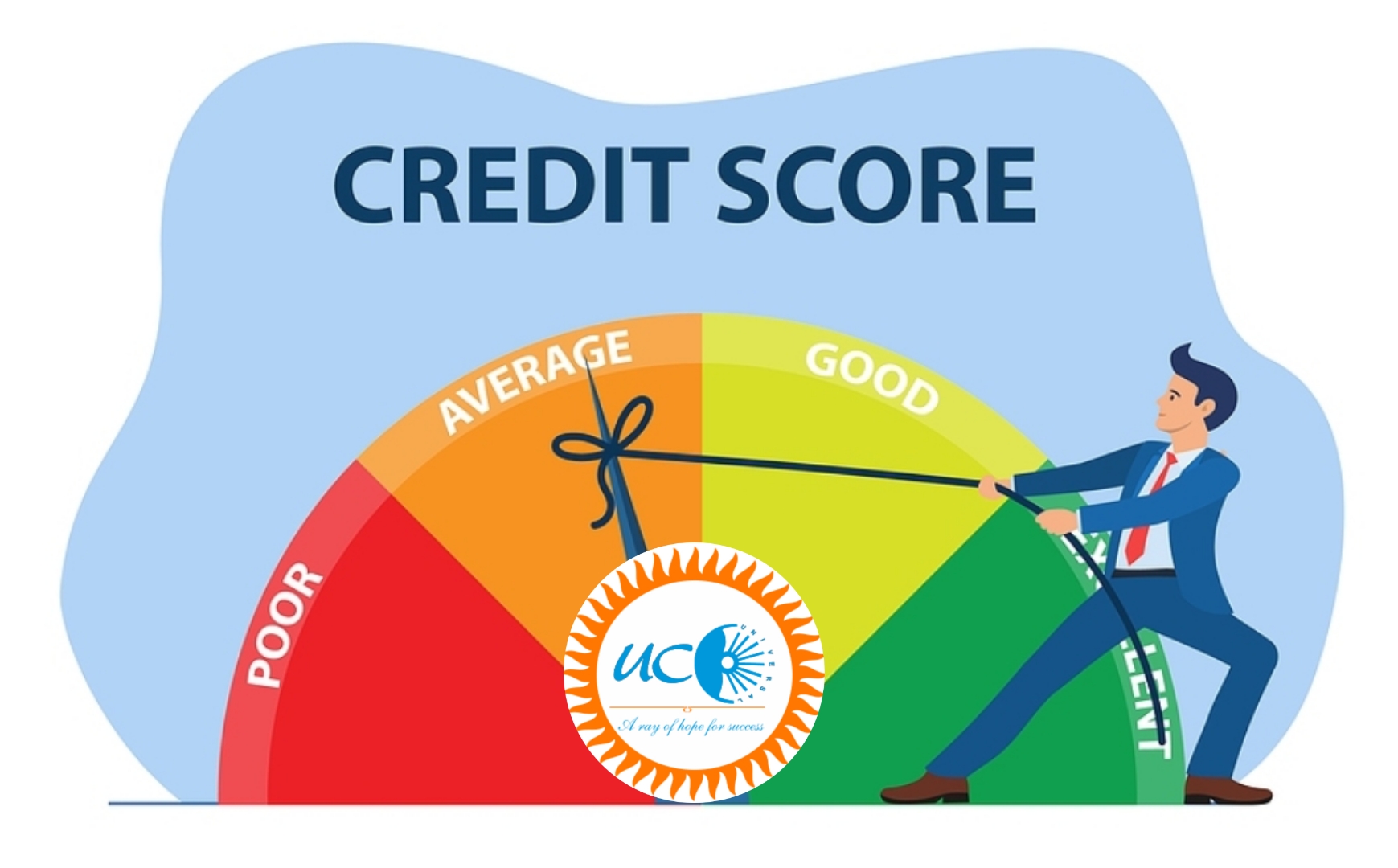Explain the significance of Credit Rating Agencies (CRAs) in India and highlight the issues in their working.
A credit rating agency (CRA) is a company that assesses the creditworthiness of an entity. It rates debtors on the basis of their ability to pay back the loan on time and the probability of defaulting. Better the rating better would be the ability to pay back and hence, better terms and conditions on which a loan is raised by the entity. A debtor entity can be a private company, a government PSU, a government (centre/state/local) itself, various bonds or security instruments floated by such entities, etc. In India, CRAs are regulated by SEBI (Credit Rating Agencies) Regulations, 1999 of the SEBI Act, 1992. As of now, there are six CRAs registered under SEBI namely, CRISIL, ICRA, CARE, SMERA, Fitch India and Brickwork Ratings. Significance of CRAs: CRAs help build trust between investors and entities that raise money by quantifying the level of risk associated with investing. Building trust is essential to increase the pool of participants in the market. This would help develop a vibrant corporate bond market and reduce dependence on banks to lend. Credit ratings are a measure of how capable and sound an entity is financially. This becomes an important gauge for overall economy through the ratings of government bonds. Inherently, it is in the interest of any entity to get rated favourably. The manner in which CRAs operate determines how credible the ratings are. The IL&FS liquidity crisis last year has highlighted challenges associated with CRAs in India: Alleged collusion between officials of CRAs and issuer companies: For example, in the IL&FS episode, forensic audit of involved CRAs has revealed nexus between interested parties. Despite being aware of the issues, ratings of IL&FS group wasn’t lowered. Issuer-pays model: CRAs are paid by the company it rates. This creates potential conflict of interest, and incentivises CRAs to overlook issues around a debtor’s ability to repay. CRAs have Non-disclosure agreements with debtors, hence, investors have no way of verifying the ratings. Rating shopping: It is the practice of an issuer choosing the rating agency that will either assign the highest rating or that has the most lax criteria for achieving a desired rating. Lack of penalties: Due to lack of a consolidated legislation, punitive action against those involved in giving wrong ratings is minimum. Lack of dedicated regulator also help CRAs escape oversights. Measures to address these issues Instead of ‘Issues-pays model’, the government should look into ‘Investor-pays’ or ‘regulator or government pays’ models. It will also help avoid potential conflict of interest. Rating of debt instruments should be set against a benchmark created in consultation with SEBI. CRAs should devise uniform methodologies and prediction models to improve accuracy. Better market intelligence and surveillance are required rather than depending upon historical data. SEBI has issued ‘Guidelines for Enhanced Disclosures by Credit Rating Agencies’ whereby rating agencies have to clearly state the ‘probability of default’ of the instruments they rate for the benefit of investors, disclose issuer’s liquidity position, rating history etc.






